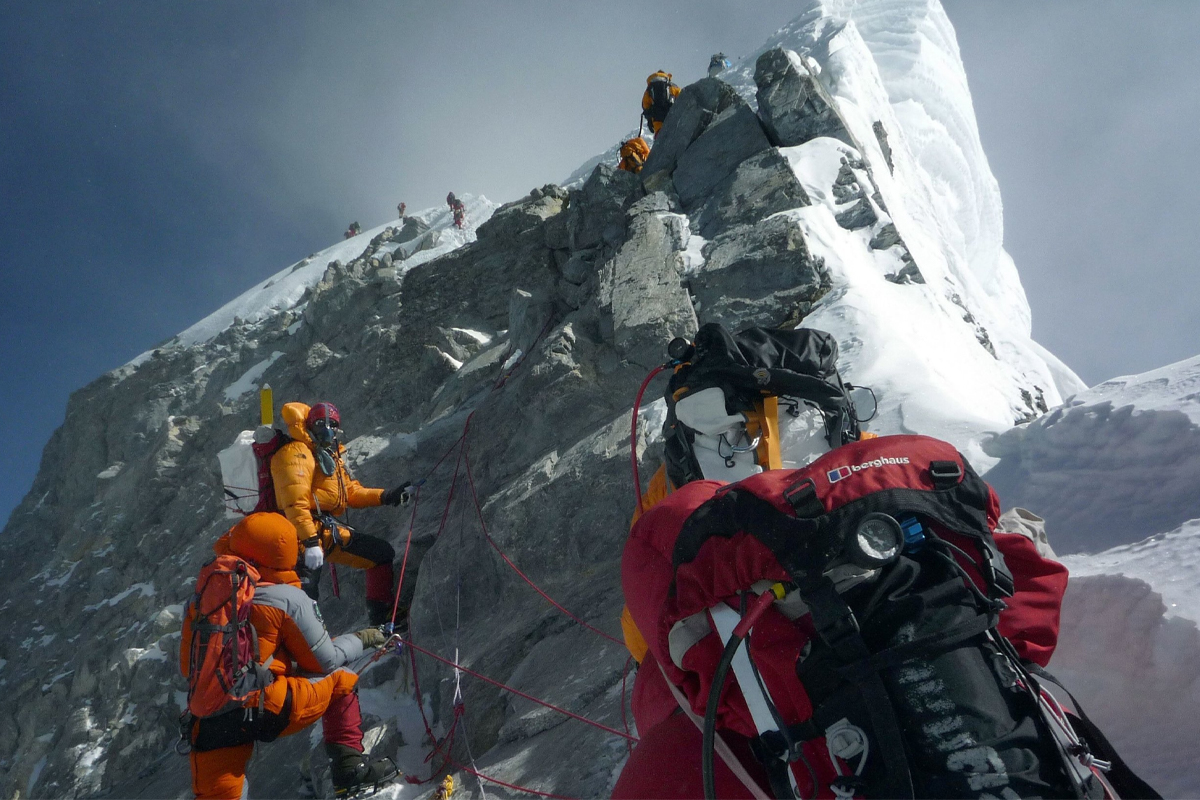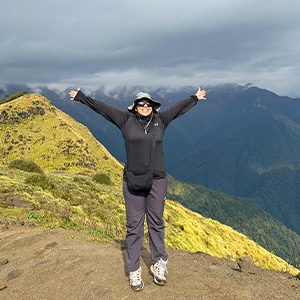Where is Rainbow Valley on Everest?
Rainbow Valley Everest lies in the intriguing death zone of Everest, a region higher than 8,000 m Everest where most people tend to lose their lives due to many factors like AMS ( Acute Mountain Sickness), extreme cold, avalanches, crevasses fall, lack of oxygen, and physical exhaustion. This is one of the prime zones where most of the dead bodies of many successful climbers are found.
The reality of the “Rainbow Valley” lies in its symbolic name. The vibrant jackets and suits of the deceased mountaineers, in blue, green, and yellow, remain in the treacherous zone above 8000m. Besides, the dead bodies, the tents, garbage, etc., appear to be colorful from afar.
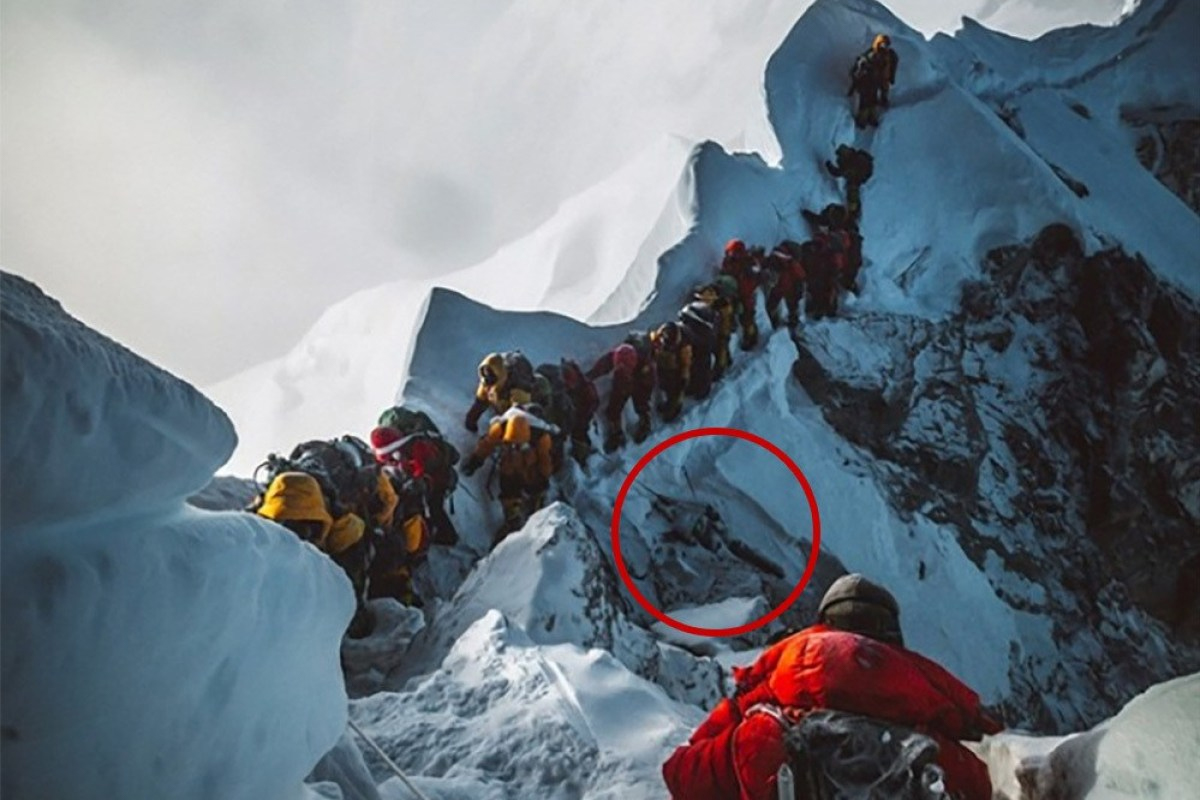
The route to Everest's Summit is congested and crowded during the peak seasons, making it another drawback of this place. Avoiding the line is not an option, and there is a greater chance of altitude sickness and perhaps death when remaining in a queue at such elevation.
On the other hand, mountaineers have the lowest chance of finding better accommodation during the off-season. They even have to deal with severe weather conditions and a greater chance of falling prey to avalanches. Either Way, the rainbow valley on Everest is deadly to mountaineers.
Why does the Rainbow Valley on Everest have so many dead bodies?
Rainbow Valley lies just below the summit, where extreme altitude, intense cold, and lack of oxygen create one of the most difficult survival conditions for climbers. Climbers in the Death Zone face the lack of oxygen, with levels so low that the body cannot repair itself, leading to a decline in physical and mental abilities. The lack of oxygen at such elevation weakens their bodies to the point where even small tasks become nearly impossible.

The journey through Rainbow Valley is strenuous. Those attempting to summit Everest must pass by the late climbers as the concept of removing bodies from this altitude is almost impossible. Weather conditions are so unpredictable, and helicopters cannot reach these elevations. Also, even Sherpas – known for their endurance – face life-threatening risks if they attempt a recovery. Once, two Sherpas lost their lives while trying to recover a body, under the dangers of recovery efforts.
What Happens to Dead Bodies on Mount Everest?
Due to extreme freezing conditions, the dead bodies of mountaineers remain forever on Everest. Because of the extreme difficulty in removing the bodies from the Death Zone, most bodies remain on the slopes, indicating landmarks along the route. The term “Open Graveyard” has become associated with Mount Everest Rainbow Valley as climbers have to continue to pass the remains of those who died on the way. These bodies serve as a reminder of the deadly challenge of the mountain.
Major Causes of Death on Everest
Climbing Mount Everest, the highest peak on Earth, is an extraordinary accomplishment that attracts hundreds of climbers every year. However, reaching the summit also comes with life-threatening dangers.The primary cause of Death on Everest is the harsh survival conditions. The amount of oxygen is very low to the core and it becomes so much more difficult as the body cells don't have enough oxygen to build new tissues and your body struggles till death. Despite, the other reasons for cause of death on Everest are:
Low Oxygen and Hypoxia
The higher elevation on Everest experiences a decrease in the amount of oxygen, causing hypoxia. Hypoxia is a condition where body tissues lack oxygen. The oxygen level at the summit is about only 1/3rd of those at the sea level, which makes breathing difficult. The human body struggles in this condition as the cells cannot receive enough oxygen to build new tissue or heal. Lack of oxygen in the body also affects muscle regeneration and brain functionality at such elevation.

Low oxygen level forces the body to operate under extreme stress. As climbers ascend past 8,000 meters, entering the “Death Zone”, where oxygen is so scarce that even well prepared mountaineers experience the symptoms of hypoxia. Without the supplemental oxygen, many climbers end up with High Altitude Cerebral Edema (HACE) And High Altitude Pulmonary Edema(HAPE). HAPE and HACE are life threatening conditions where fluid accumulates in the brain or lungs due to low oxygen levels. This when worse leads to unconsciousness and in severe cases, death.
Extreme Weather Conditions
The weather condition on Everest is very harsh, unpredictable and can change within minutes, exposing the climbers to high winds, blizzards and extreme cold conditions. Temperature can decrease below -30°C and the winds can exceed the speed of 150km per hour. In such conditions, frostbite becomes a significant risk. Unpredictable storms also strand climbers without shelter and expose them to dangerous situations and leading to hypothermia and frostbite.
In May 1996, a sudden storm led to one of the deadliest days of Everest and took away the lives of 8 climbers. Storms like these can trap climbers in high altitude without shelter and often with limited food and oxygen, worsening the risk of exhaustion and hyperthermia.
Avalanches and Fall
Avalanches and Falls are one of the immediate physical causes of death on Everest. With huge glaciers, steep ice walls and dangerous crevasse, the Khumbu Icefall is one of the most dangerous sections where avalanches frequently occur. Sudden shifts in snow or ice can shift and cascade down with a devastating force. In 2014, a tragic avalanche at Khumbu Icefall took 16 lives, making it one of the deadliest single events on Everest.
Falls also pose a severe threat on the expedition to Everest. Climbers must navigate to exposed ridges and sharp inclines often relying on ropes and ladders. High wind, poor visibility and fatigue can lead to slips and fall from such height and can be fatal. Many deaths on Everest are listed as falls due to unstable ice, equipment failure and missteps on some points.
Acute Mountain Sickness
Acute Mountain Sickness (AMS) is one of the most common conditions that affect the climbers ascending to altitudes over 4,000 meters. AMS arises from a rapid gain in altitude without adequate time for the body to acclimate to reduced oxygen levels. The major symptoms of AMS include headache, nausea, dizziness and shortness of breath. If not treated or if the climbers ascend further, AMS can also exaggerate to HAPE or HACE, both of which can be fatal.
While AMS affects most climbers to some point, each individual's response to altitude varies. Some climbers can experience mild symptoms that can improve with rest while some can experience life-threatening complications. AMS is a dangerous factor on Everest as it can develop suddenly, impairing a climber’s judgment and physical condition, and potentially leading to falls or other accidents.
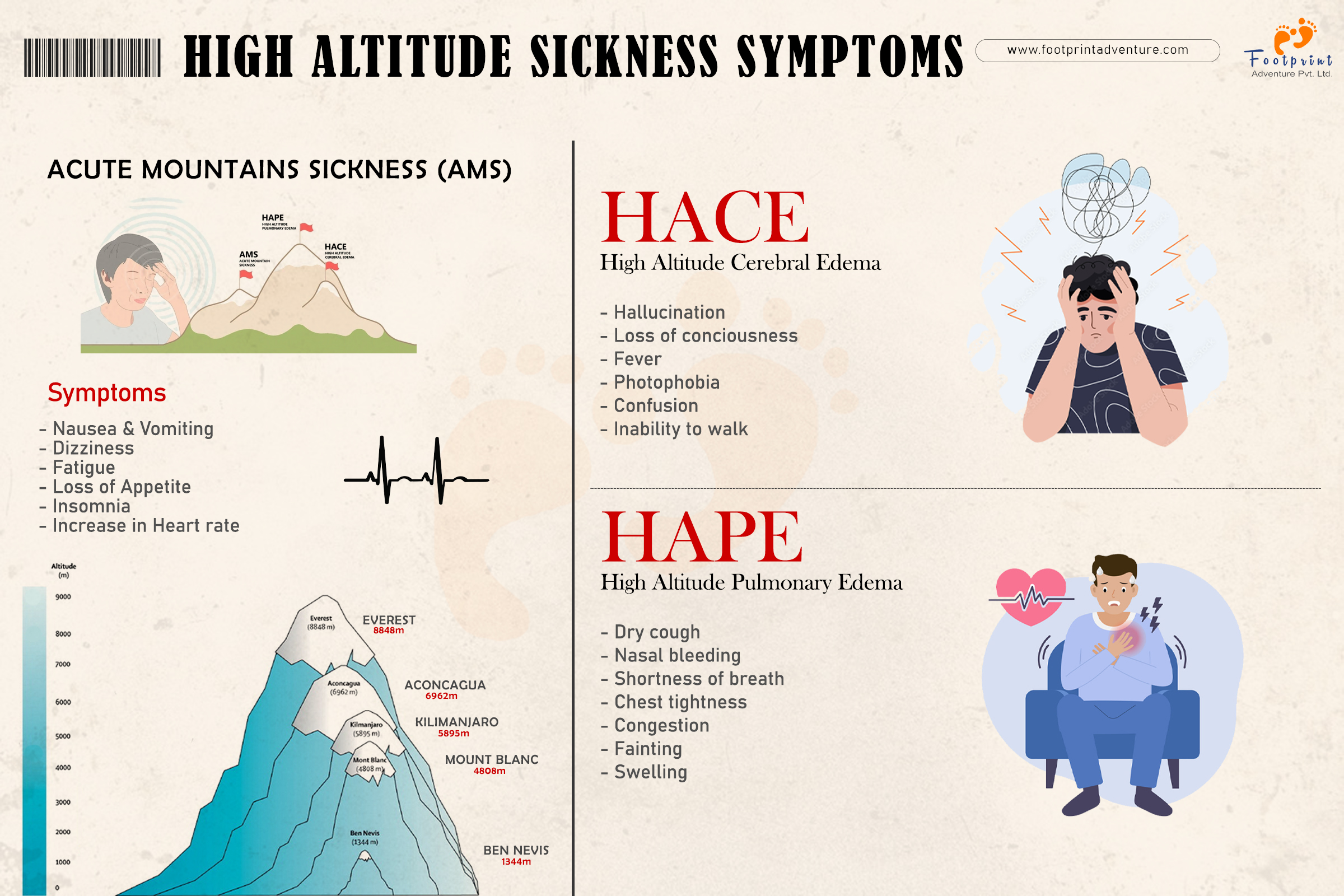
Physical Exhaustion
Climbing Everest at an elevation of 8,848.49 meters, requires extraordinary physical strength and stamina. The combination of prolonged exposure to high altitude, strenuous climbing and extreme condition plays a significant toll on the body leading climbers to exhaustion. This exhaustion combines both with physical and mental alertness making climbers indecisive and lead to accidents.
Why is Rainbow Valley Called an Open Graveyard?
The Rainbow Valley is often referred to as an “open graveyard” because the bodies of climbers remain in place, visible to all who pass through. The exposure to harsh weather means the bodies are preserved, creating an open, silent graveyard filled with those who lost their lives to the climb. Climbers and Sherpas avoid touching or disturbing these bodies, out of respect and safety.

How much does it cost to recover a body from Everest?
More than 200 bodies still lie on the slopes of Everest. In the mountains, it is said to be an unspoken rule, “no matter what happens, no one is to be rescued”. It is not as easy as you imagine if anyone died high up in the elevation. It is almost impossible to recover the body because of the extreme weather. The helicopter cannot fly over the summit/death zone or stay on hold to recover the body because of the extreme weather and strong wind.
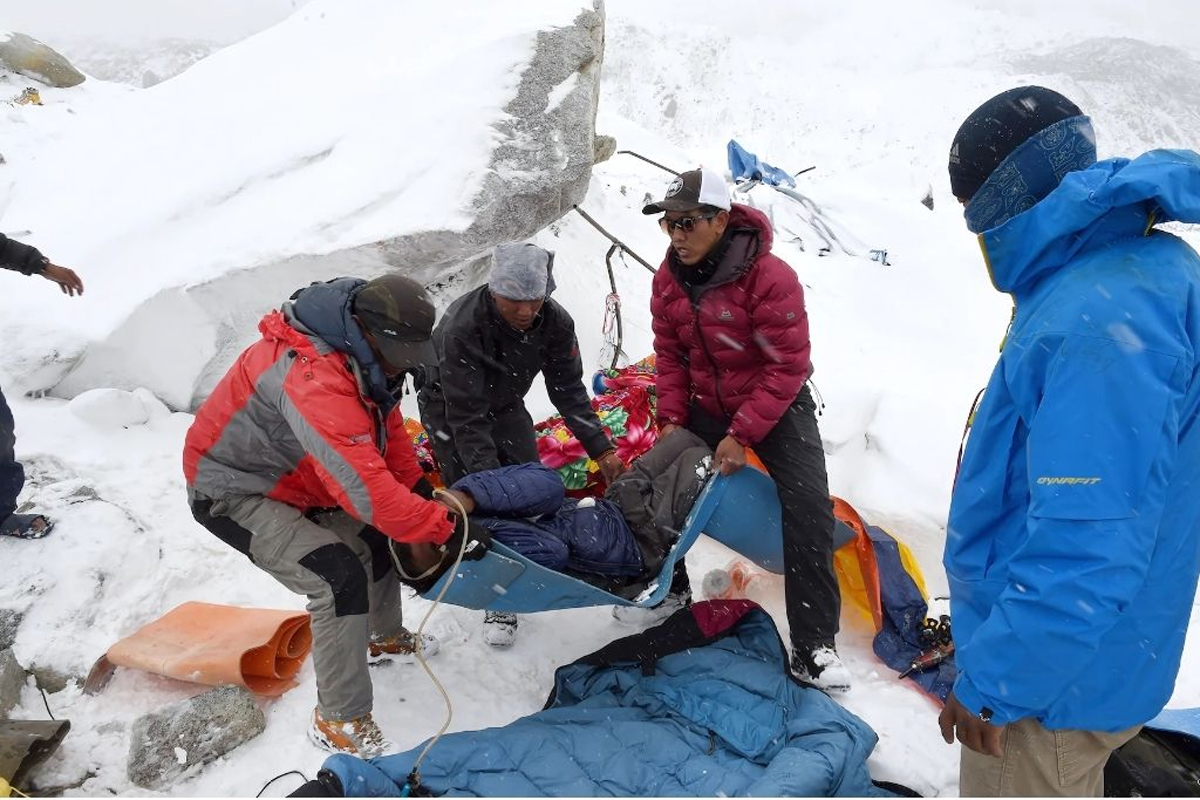
Only a human body can go and bring back the body down. But the real question arises, who on earth would risk their life to recover a dead person? Yes, no one.
Once a body tried to recover by two Nepali Sherpas but they ended up losing their own lives. Likewise some privileged people have also been recovered from Everest with over $70,000 USD which is almost double the expedition charge.
However, there is no certainty even if you are willing to spend that much money. So, the dead bodies on Everest are given tribute on Everest itself and their remains are left there for good.
Popular Stories of Everest
Early Expedition Attempt and First Official Summit
The first official attempts to climb Mount Everest began in 1921, but success proved elusive, Two British Expedition teams in 1921 and 1922 failed to reach the summit, their efforts were severely opposed by the harsh conditions of the mountain.
In 1924, a glimpse of hope arose when two members of the British Expedition, George Mallory and Andrew Irvine were spotted just 800 feet below the summit before they disappeared into bad weather.
Did they make it to the top? The mystery has endured for decades with Mallory’s body only discovered in 1999 offering no conclusion to their success. Recently, in September 2024, the NatGeo team along with Jimmy Chin discovered the boot with a sock embroidered AC Irvine. This is said to be the leather boot and sock of Sandy Irvine. It wasn't until May 29,1953, the first confirmed summit of Mt. Everest was achieved. New Zealander Sir Edmund Hillary and Sherpa Tenzing Norgay stood atop the summit of Mount Everest. Since then, over 6,000 people have reached the summit of Everest. As the number of successful summits grew so did darker statistics. More than 400 people are thought to have died on Everest.
Death Zone- the oxygen level at this altitude is extremely low so your body cells do not have oxygen to build new tissue. Your body struggles till death, hence the name death zone.
Sleeping Beauty on Everest
One of the popular stories of Everest is, “The Sleeping Beauty of Everest”, by Francys Arsentiev, an American mountaineer. In 1998, Francys, along with her husband Sergei, attempted to summit Everest without supplemental oxygen. It was a risky attempt as Francis was not a professional climber. However, they summited Everest, but on their way down, they separated due to certain reasons. Sergei reached the base camp, but Francys struggled with exhaustion and lack of oxygen on the way down. The next day, she was found by other climbers, in a sleeping position on her purple climbing suit. She was still alive but too weak to move. She looked so beautiful and calm in the sleeping position, the climbers passing her name, “The Sleeping Beauty on Everest”. Sergei went back up to find her but he also lost his life in his attempt.
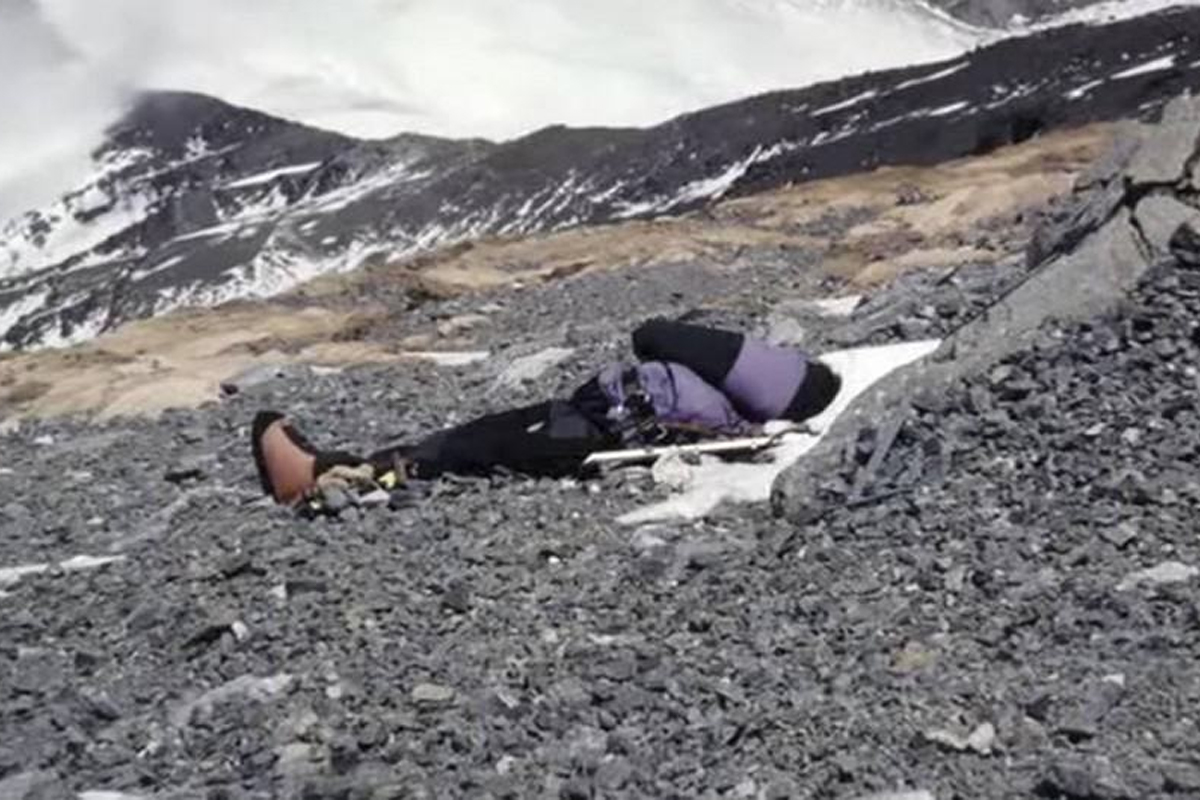
Francy’s body remained visible on the mountain for years. But, some climbers would click pictures in a negative way, so some climbers mourn and bury her in the snow. Her story shows the extreme risk that climbers face and how weather can change at such altitude within minutes.
Green Boots
Another popular incident on Everest is, “Green Boots”, an unknown climber whose body rests in a cave right above the dead zone (above 8,000 m) on Everest. It is believed that it was the corpse of an Indian Climber, Tsewang Paljor who attempted to reach the Everest Summit in 1996 but was caught in a deadly storm. With his bright green boots, he was likely to find shelter in the cave, where he sadly died from the extreme weather and the freezing temperature.
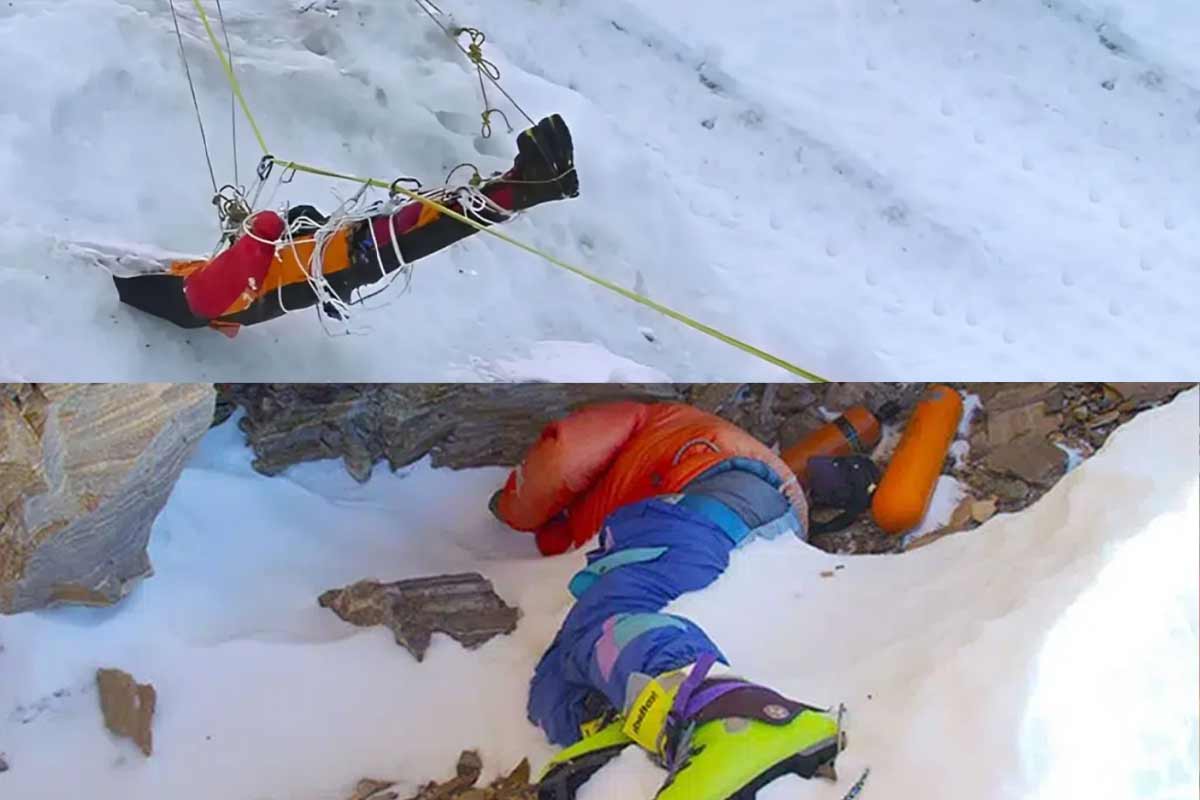
Green boots have been a landmark on the top cave of Everest for years. Like many other bodies, his body also remains on the mountain as recovering it is nearly impossible.
FAQs
Where is Rainbow Valley on Everest?
Rainbow Valley is located in the “Death Zone”, just above 8,000 m on Everest, just below the summit. The name comes straight from the colorful jackets and gears of dead climbers here, creating a scary visual that represents a rainbow.
Why is the “Rainbow Valley” also called the “Death Zone” on Everest?
The Death Zone refers to areas above 8,000 meters, where oxygen levels are so low that the human body struggles to function. In this zone, the body’s cells cannot regenerate, and climbers are at high risk of hypoxia, frostbite, exhaustion, and altitude sickness, making it one of the deadliest areas on Everest.
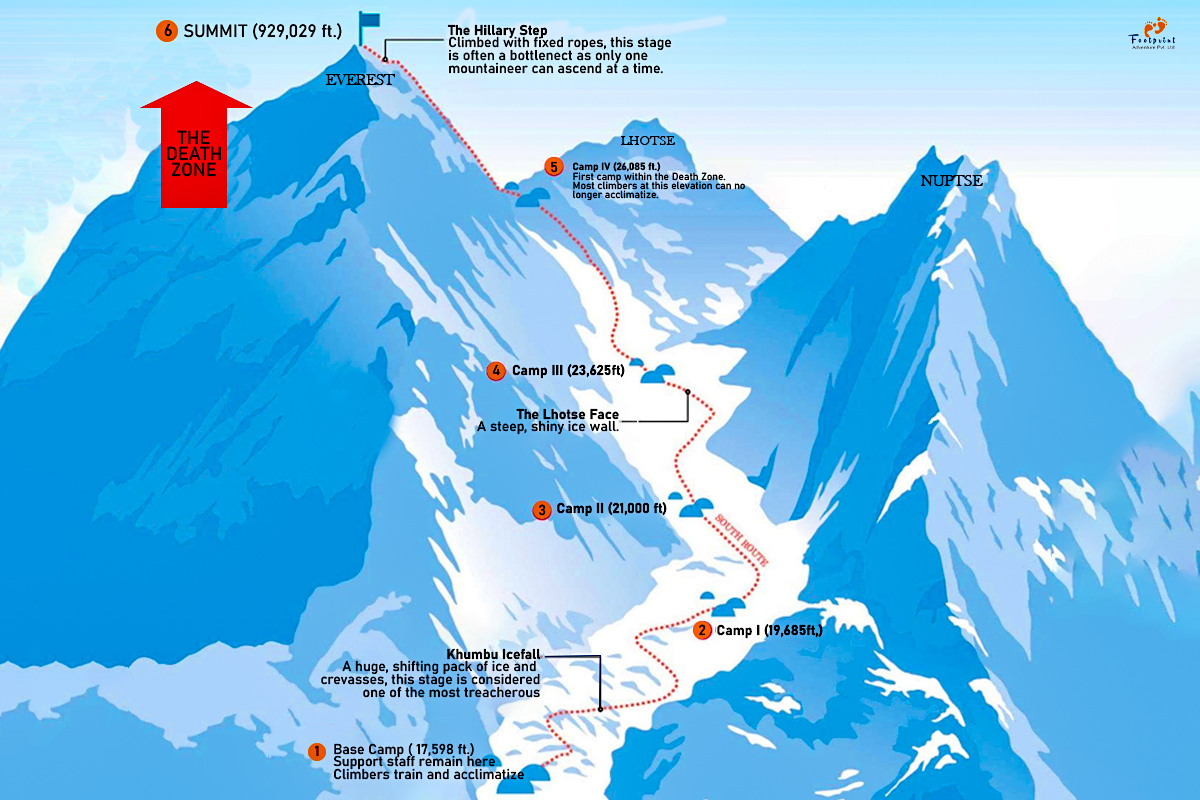
How many people have died on Everest till now?
Till now more than 400 climbers have lost their lives on Everest, with many resting in Rainbow Valley. Due to the extreme altitude and conditions, recovering their bodies is nearly impossible, so they remain as silent tributes to those who attempted the climb.
Why is it difficult to recover a body on Everest?
Recovering bodies from Rainbow Valley is extremely challenging due to the altitude, weather, and limited air pressure, which makes helicopter rescues impossible. Even skilled Sherpas risk their lives in recovery attempts. The cost of retrieval can exceed $70,000, making it financially and physically prohibitive.
What are the chances of survival in the Death Zone?
Survival in the Death Zone on Everest is highly challenging due to the rapid risk of hypoxia, extreme cold, and unpredictable weather. Even well-prepared climbers face considerable risks, and minor issues can quickly become life-threatening at this altitude.
